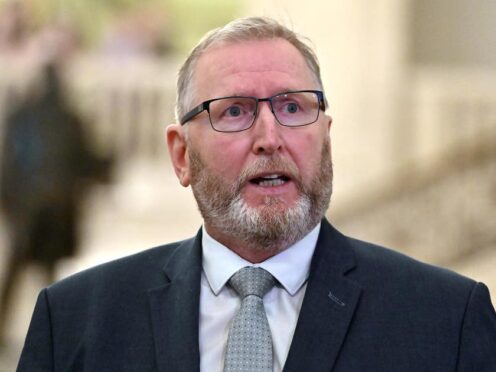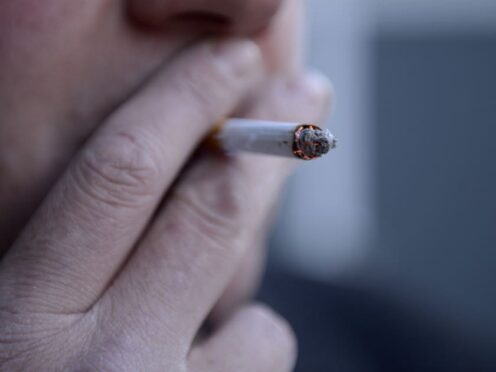Struggling to stay slim after reaching your ideal weight?
You’re not alone, and the reason is not as complicated as you might think. It’s all to do with the dieting – and restricting those calories.
Aberdeen nutritionist Laura Leslie explains that the majority of clients she sees have been struggling with yo-yo dieting for years.
In the beginning, people start losing weight, but then regain all the weight they’ve lost. It can be a frustrating situation.
But Laura is keen to point out that there are ways to break the cycle.
Why do you struggle to maintain your weight after dieting?
Laura explains that our body lowers our resting metabolic rate – the calories we burn when we’re resting and not doing activities – when we go on restrictive diets.
“Our body always wants to keep balance, and if we restrict too much too quickly our body goes into a protective mode,” she says.
“To get that balance, it reduces the metabolic rate but it increases the hormones that make us hungrier.
“So a lot of the time when we’re on a restrictive diet our body is trying to get us to eat more food because our body doesn’t want us to starve.”
What are our hunger hormones?
Hormones, such as grehlin, play a key role in letting you know when you’re hungry signalling to your brain when it’s time to eat.
But Laura explains that when we go on restrictive diets we tend to ignore these signs and end up in a cycle of emotional eating instead.
So when you see that really nice slice of cake you’re more likely to give into the temptation to eat it.
This can lead to a cycle of emotional eating, a poor relationship with food and trying to maintain your weight loss can be difficult.
Maintain weight loss: How do you break the cycle of yo-yo dieting?
When Laura works with clients she helps them develop healthier habits which helps them feel and sleep better.
“It takes the emotional enormity away from it and losing one or two pounds a week with a modified calorie reduction is the healthiest way to do it,” she says.
“Making sure there’s a nutritional balance – there’s a good amount of protein and carbs, is something that’s really [important].
“I have to speak to a lot of my clients about why we need carbohydrates – they’re so important for energy and our neurotransmitters for mood.”
Think about what else is going on in your life
Laura highlights that it’s important to lose weight for the right reasons and to think about being healthier for the longer term.
Big moments in life such as moving home, divorce, or changing jobs might also make it much harder to lose weight if you’re not in the right frame of mind.
She says it’s best to start looking out for hunger cues so you know when your body really needs food and then you can maintain your weight loss.
Restrictive diets are also not the best way to shed the pounds.
She said: “There is evidence, whenever we talk about repeated cycles of weight loss and gain, it makes it harder for us to lose weight because of that constant cycle.
“Studies show after the diet our resting metabolic rate is still lower because of that protective mechanism.
“So as soon as we go back to eating ‘normally’ again we are going to put weight back on.”












